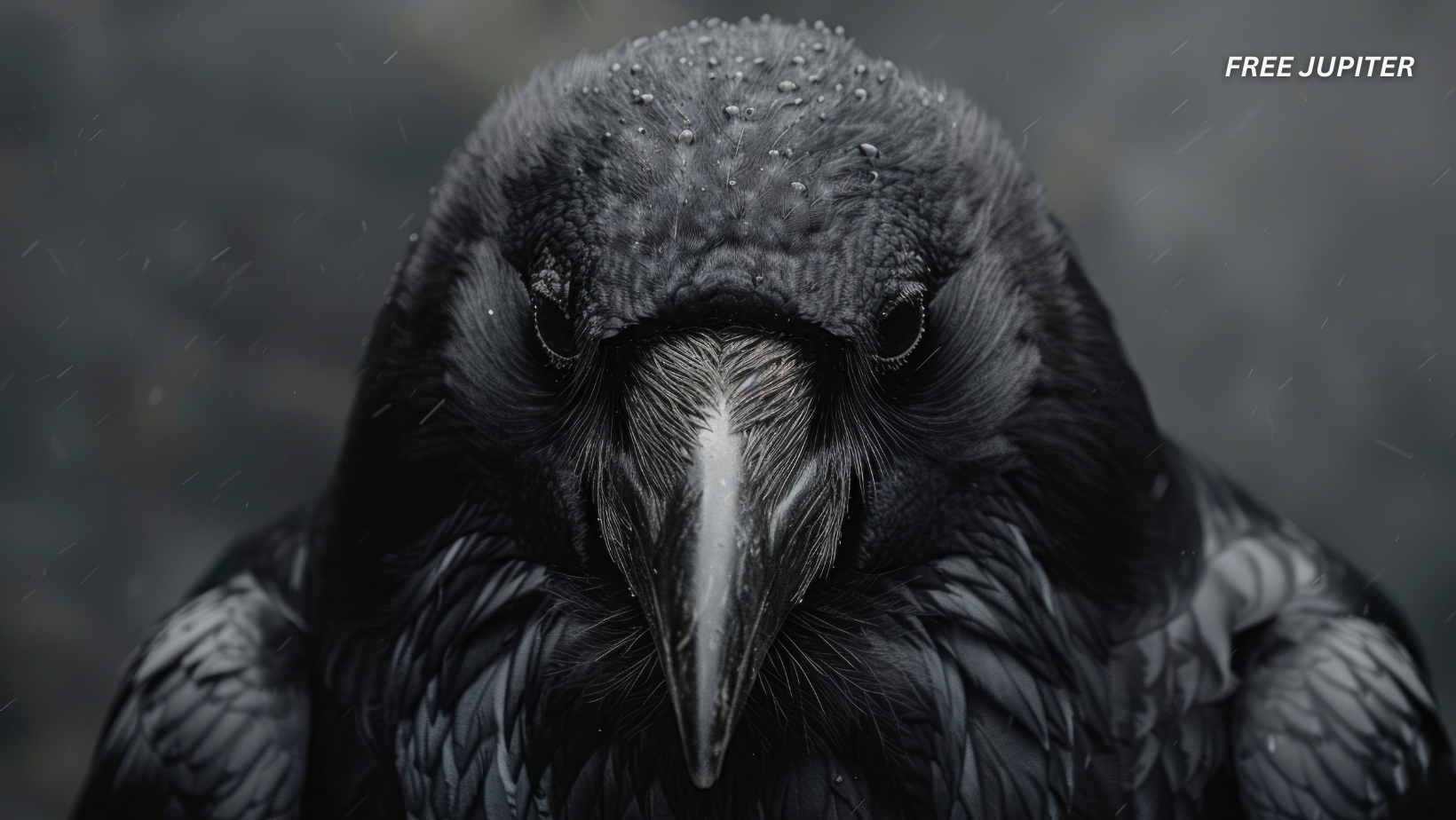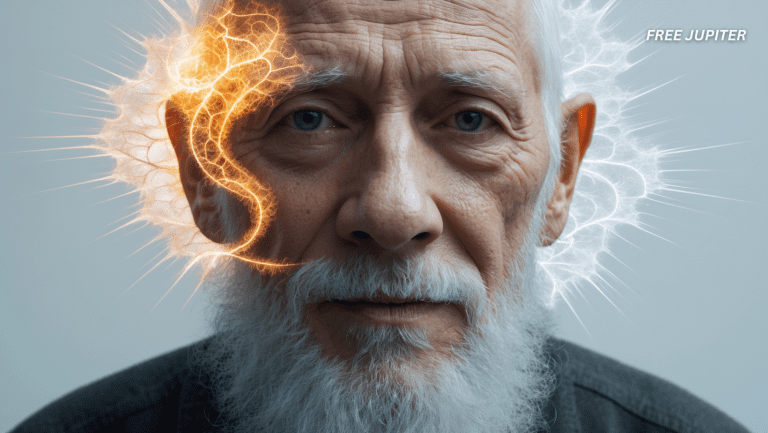It has long been said that elephants never forget, but recent scientific discoveries have revealed that this prodigious memory is not unique among animals. Among the avian world, crows have emerged as exceptional creatures, not only for their intelligence but also for their remarkable ability to remember and hold grudges against those who have wronged them. It has been demonstrated through extensive research that crows can harbor resentment for as long as seventeen years, recognizing and responding to individuals who have posed a threat or caused them distress.
The Genesis of a Groundbreaking Study
In 2006, a pivotal study was launched at the University of Washington by Professor John Marzluff, an environmental scientist whose curiosity about avian memory and social learning led to a unique experiment. By donning a fearsome mask and capturing seven crows in a net, Professor Marzluff set the stage for a long-term investigation into the memory and social behavior of these birds. Each crow was marked with an identification ring before being released unharmed, ensuring that their subsequent interactions could be observed and recorded with precision.
Read more: Meet the Bug You Should Not Kill: The Misunderstood House Centipede
The Mask as a Symbol of Threat
The mask, which was deliberately chosen for its unsettling appearance, became a symbol of danger in the crows’ perception. Over the years, Professor Marzluff and his research team would occasionally wear the same mask while walking around the university campus, feeding the resident crows and meticulously noting their reactions. This approach allowed the researchers to track the birds’ responses to a known threat over an extended period.
It was observed that the crows’ reactions to the masked figure were not only immediate but also widespread. On one notable occasion, Professor Marzluff reported being scolded by 47 out of 53 crows encountered, a number far exceeding the original seven birds involved in the initial capture. This indicated that the knowledge of the threat had been disseminated among the broader crow community, likely through social learning and communication between individuals.
Transmission Across Generations
The phenomenon of social transmission was further evidenced by the fact that crows who had not been directly involved in the original incident still responded aggressively to the mask. It was inferred that the information regarding the dangerous human had been passed down from parents to offspring and shared among flock members, ensuring that the collective memory of the group endured far beyond the lifespan of any single bird.
The Decline of Hostility Over Time
The intensity of the crows’ aggressive behavior reached its peak approximately seven years after the initial experiment. Following this period, a gradual decline in hostile responses was noted, culminating in a complete absence of scolding calls when Professor Marzluff donned the mask in September 2023—seventeen years after the study began. This marked the first occasion since the experiment’s inception that the masked figure was met with indifference, suggesting that the grudge, while enduring, was not infinite.
Read more: Breakthrough Pill Could Help Your Dog Live A Longer Life
The Neutral Mask
To ensure that the crows’ reactions were specific to the perceived threat and not merely a response to any unfamiliar face, a control experiment was conducted. A neutral mask, modeled after the face of then-U.S. Vice President Dick Cheney, was introduced. Individuals wearing the Cheney mask fed the crows without subjecting them to any distress, and, as expected, were not targeted by the birds in subsequent encounters. This confirmed that the crows’ animosity was reserved for those associated with negative experiences.
Additional Mask Experiments
The experiment was expanded by involving students who wore various masks while trapping crows in different areas of Seattle. Volunteers, unaware of which masks were deemed “dangerous” or “neutral,” were subjected to the birds’ reactions. Those wearing the “dangerous” masks were met with persistent, targeted aggression, while those in neutral masks were largely ignored, further reinforcing the conclusion that crows are adept at distinguishing between individuals based on past interactions.
Urban Encounters with Vengeful Crows
The findings from the University of Washington study have been echoed in real-world incidents. Residents of neighborhoods such as Townley and Beauval Roads in Dulwich, south-east London, have reported a series of dive-bombing attacks by crows. Individuals have recounted traumatic experiences of being swooped upon multiple times while simply going about their daily routines. Some have resorted to wearing protective gear or remaining indoors to avoid the birds’ wrath, highlighting the tangible impact of crows’ long memories on human communities.
Personal Accounts of Crow Retaliation
Stories abound of people being targeted by crows for perceived offenses committed years prior. In one instance, a Seattle resident who had once swung a rake at a group of crows found himself the target of relentless harassment, with the birds shrieking at him through windows and dive-bombing him on his way to work. The campaign of retribution only ceased when the individual moved away, underscoring the persistence of crows’ grudges.
Recognition and Emotional Processing
Crows have demonstrated an extraordinary ability to recognize individual human faces and remember how they were treated by specific people for many years. This capacity is believed to be supported by a brain region analogous to the amygdala in mammals, which is involved in processing emotions and memories. Such neurological sophistication enables crows to identify and remember perceived threats, contributing to their ability to hold grudges for extended periods.
Social Learning and Cultural Transmission
Perhaps most remarkable is the manner in which crows communicate information about threats to others within their community. Through vocalizations and social interactions, knowledge of dangerous individuals is passed on, resulting in coordinated responses that can persist for years. This cultural transmission of information is rare in the animal kingdom and underscores the complexity of crow societies.
Beyond Grudges: The Broader Intelligence of Crows
Crows are not only masters of memory and grudges but also exhibit extraordinary problem-solving abilities. New Caledonian crows, for example, have been observed crafting tools from sticks and bending wires to extract food from challenging locations. These behaviors were once thought to be unique to humans and a select few primates, but crows have repeatedly demonstrated their ingenuity and adaptability in both natural and experimental settings.
In addition to their prowess with tools, crows have shown an understanding of numbers and the ability to count up to four. Such cognitive skills further set them apart as one of the most intelligent avian species, capable of complex thought and sophisticated social behavior.
Read more: Scientists Have Captured A Colossal Squid on Camera for the First Time Ever
Implications for Human-Animal Interactions
The realization that crows can remember and retaliate against specific individuals for nearly two decades challenges traditional notions of animal behavior. It compels a reconsideration of the impact of human actions on the creatures with whom we share our environment. As crows are capable of recognizing and remembering those who have wronged them, and are willing to communicate this information to others, it becomes clear that our interactions with these birds must be approached with respect and caution.
The research conducted by Professor Marzluff and his colleagues has contributed to a growing body of evidence that crows are among the most intelligent of all avian species. Their ability to recognize faces, remember past interactions, use tools, solve problems, and transmit knowledge socially places them in a select group of animals whose cognitive abilities warrant serious scientific consideration.
Conclusion: The Enduring Legacy of a Grudge
In conclusion, the capacity of crows to hold grudges for up to seventeen years has been unequivocally demonstrated through long-term scientific study. This behavior, rooted in advanced memory, emotional processing, and social learning, sets crows apart as creatures of remarkable intelligence and complexity. Their interactions with humans serve as a reminder that the animal world is replete with individuals capable of remembering, learning, and adapting in ways that are only beginning to be understood. As research into crow cognition continues, it is likely that even more astonishing facets of their intelligence will be uncovered, further deepening our appreciation for these enigmatic and formidable birds.










